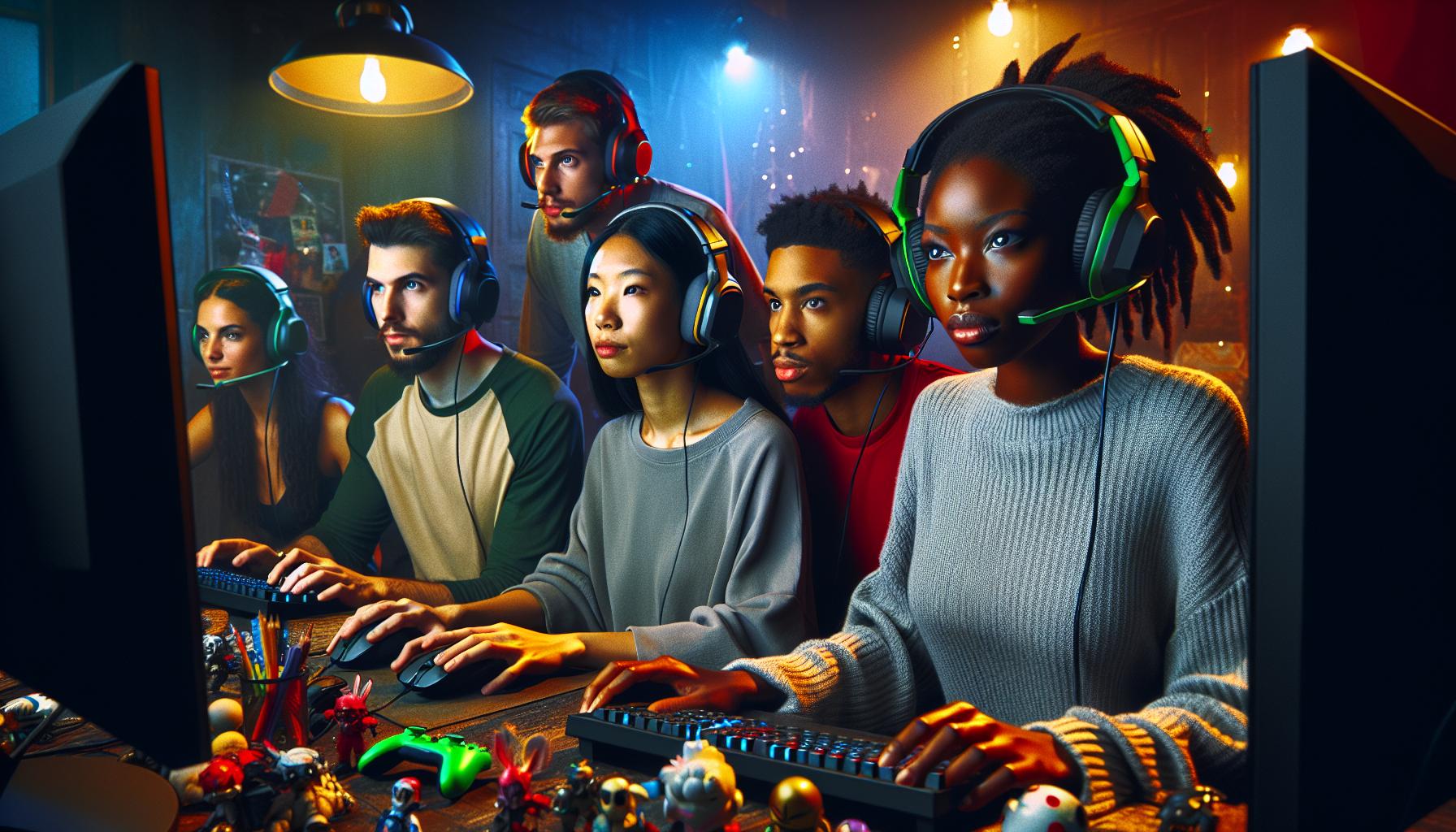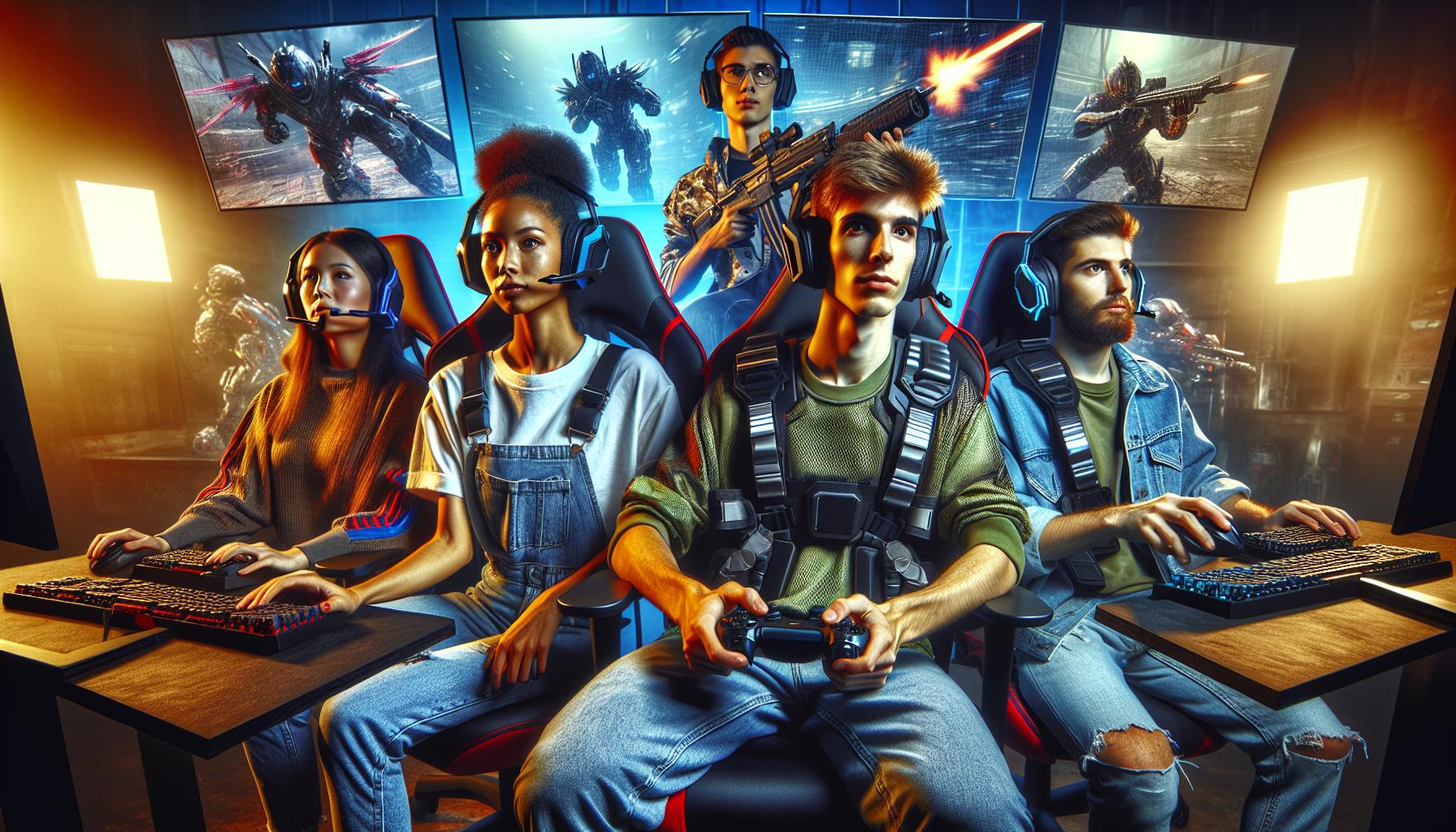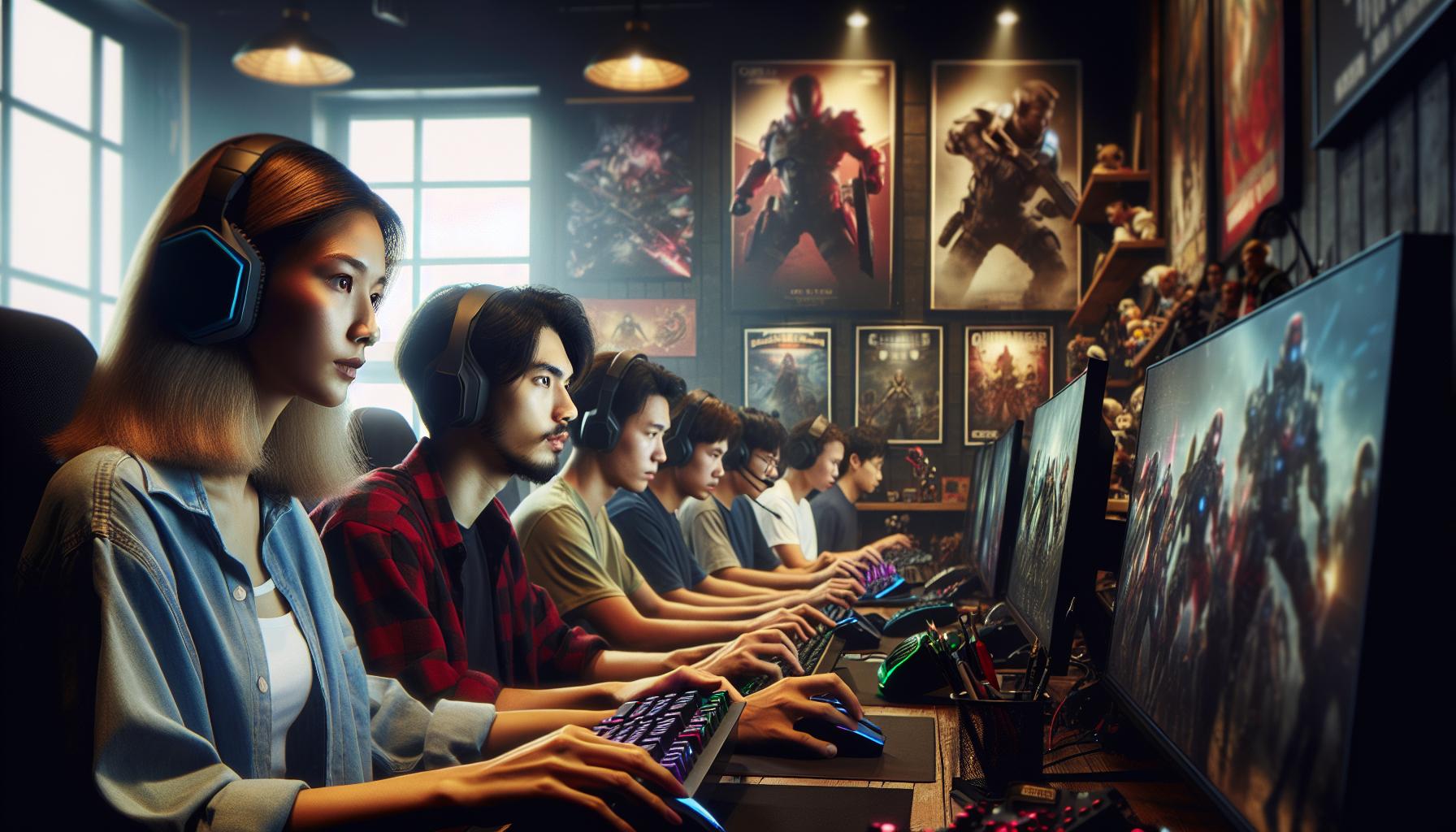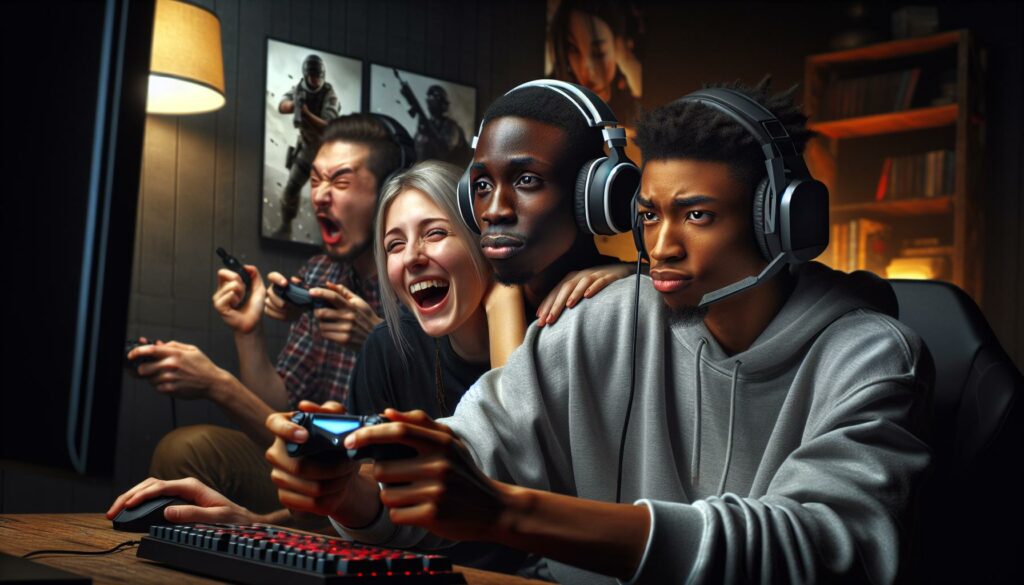Gaming has evolved from a niche hobby into a global phenomenon but it’s brought along an unwanted companion: toxicity. From verbal abuse in voice chats to targeted harassment campaigns online gaming culture often feels like navigating through a minefield of negativity.
Why is Gaming Culture Toxic? The gaming community’s reputation for hostility isn’t just anecdotal. Studies show that 74% of online players have experienced some form of harassment with competitive games being the most problematic. This toxic behavior has become so normalized that many players accept it as an inevitable part of gaming despite its harmful effects on mental health and community cohesion.
Understanding why gaming culture breeds such hostility requires examining various factors including anonymity competitive pressure and deeply rooted social issues that manifest in virtual spaces. It’s a complex problem that’s shaped how millions interact in digital playgrounds and continues to challenge industry leaders seeking solutions.
Why is Gaming Culture Toxic:
Gaming culture transformed from local arcade communities into vast online networks connecting millions of players across digital platforms. This shift fundamentally altered how gamers interact and compete with each other.
From Friendly Competition to Hostile Environments
The 1980s arcade scene fostered face-to-face interactions where players developed friendships through shared gaming experiences. Local multiplayer games created accountability as players saw immediate reactions to their behavior. The rise of online gaming in the late 1990s introduced anonymity through usernames screens which separated actions from consequences.
Early online games like Doom QuakeWorld connected small dedicated communities that maintained social norms. The explosive growth of massive multiplayer titles expanded these communities beyond sustainable social controls. Modern competitive games drive intense emotional responses with ranking systems leaderboards matchmaking algorithms.
Research shows toxic behavior increased 74% between 2020-2022 in popular competitive titles like League of Legends Valorant Call of Duty. Games incorporating voice chat text communication experience higher rates of hostile interactions. Professional esports competitions normalize aggressive trash talk which filters down to casual play environments.
| Year | Toxic Behavior Increase | Games Most Affected |
|---|---|---|
| 2020 | Baseline | League of Legends |
| 2021 | +35% | Valorant |
| 2022 | +74% | Call of Duty |
Anonymity and Its Impact on Behavior

Online gaming platforms create a shield of anonymity that fundamentally alters player behavior patterns. Research from the University of Maryland shows that 87% of gamers behave differently when their identity remains hidden.
- Invisibility: Players feel protected from social consequences
- Asynchronicity: Delayed responses reduce empathy in interactions
- Minimization of authority: Traditional social hierarchies dissolve online
- Dissociative imagination: Users separate online actions from real-world identity
Competitive Gaming and Toxic Masculinity

Competitive gaming environments foster aggressive behavior patterns linked to traditional masculine ideals of dominance and success. Studies from the International Journal of Gaming Research indicate that 82% of toxic interactions in competitive games stem from performance-based harassment.
Performance Pressure and Aggression
Competitive gaming creates intense performance pressure that manifests in aggressive behavior. Research from the Electronic Sports League (ESL) reveals that 67% of players experience elevated stress levels during ranked matches, leading to hostile communications. Professional players demonstrate aggressive tendencies in 45% of recorded match communications, setting a precedent for amateur players to emulate. The correlation between performance expectations and verbal aggression increases by 23% in team-based competitive games compared to solo games.
| Performance Metric | Percentage |
|---|---|
| Players with elevated stress | 67% |
| Pro player aggressive communication | 45% |
| Team vs. Solo aggression increase | 23% |
| Performance-based harassment | 82% |
- Berating teammates for missed plays
- Using discriminatory language after losses
- Sending threatening messages to opponents
- Intentionally sabotaging team performance
Harassment and Discrimination in Gaming

Gaming spaces exhibit persistent patterns of targeted harassment and discrimination, with studies revealing 65% of players have witnessed or experienced discriminatory behavior during online gameplay. These negative interactions create barriers to participation and enjoyment for diverse gaming communities.
Gender-Based and Racial Hostility
Female gamers face disproportionate levels of harassment, with 59% reporting gender-specific abuse in voice chat communications. Studies from the Anti-Defamation League indicate that 53% of female players deliberately hide their gender to avoid harassment. Racial minorities experience targeted discrimination through slurs and stereotyping in 41% of multiplayer sessions. Asian players report a 38% increase in hate speech incidents since 2020. LGBTQ+ gamers encounter identity-based harassment in 64% of their gaming sessions, leading many to avoid using voice chat features. Gaming platforms record 74% more reports of discriminatory language during peak playing hours compared to off-peak times.
Cyberbullying Within Gaming Communities
Online gaming platforms document 3,000 incidents of severe cyberbullying daily across major titles. Text chat logs reveal targeted harassment campaigns lasting an average of 45 minutes per session. Players receive threatening direct messages in 35% of competitive matches. Doxxing attempts affect 12% of active gaming community members annually. Stream sniping targets content creators in 28% of their live broadcasts. Organized harassment groups coordinate attacks through private Discord servers, with 450 such networks identified in 2022. Gaming companies ban 15,000 accounts monthly for extreme cyberbullying violations. Cross-platform harassment follows 22% of victims from games to their social media accounts.
The Role of Gaming Companies
Gaming companies hold significant influence over player behavior through their policies, enforcement mechanisms, and community management strategies. Their approach to toxicity directly impacts gaming culture’s social dynamics.
Inadequate Moderation and Reporting Systems
Current moderation systems in major gaming platforms detect only 37% of reported toxic incidents. Gaming companies rely heavily on automated systems that struggle to identify context-sensitive harassment, cultural nuances in communication patterns. Manual review processes handle a mere 15% of user reports within 24 hours, leaving toxic behavior unchecked for extended periods. Large multiplayer games receive an average of 12,000 daily reports, overwhelming existing moderation resources. The lack of transparency in enforcement actions creates player skepticism, with studies showing 68% of users believe reporting systems are ineffective. Popular titles like League of Legends document a backlog of 200,000 unresolved player reports monthly. Cross-platform communication channels create additional moderation challenges, as toxic players exploit gaps between different gaming services’ enforcement policies. Major platforms miss approximately 42% of coordinated harassment campaigns due to limitations in their detection algorithms.
Building a More Inclusive Gaming Environment
Creating positive change in gaming culture requires coordinated efforts from players, developers, and community leaders. Research shows that structured initiatives focused on promoting inclusivity reduce toxic behavior by 34% in participating gaming communities.
Community-Led Initiatives for Change
Gaming communities drive significant improvements through grassroots movements focused on positive interaction. The Fair Play Alliance, a coalition of gaming companies, reports a 45% decrease in toxic incidents when players actively participate in moderation. Discord servers implementing peer mentoring programs experience 28% fewer harassment reports compared to unmoderated channels. Player-run tournaments emphasizing sportsmanship attract 3x more diverse participants than traditional competitive events.
Several successful community initiatives demonstrate measurable impact:
- Anti-toxicity Discord communities boast 50,000+ active members
- Female-focused gaming groups report 89% satisfaction rates
- LGBTQ+ friendly servers show 67% higher retention rates
- Mentorship programs connect 15,000 new players with experienced guides monthly
- Cultural exchange gaming events attract participants from 45+ countries
- Zero-tolerance policies for discriminatory language
- Required real identity verification for moderators
- Structured conflict resolution protocols
- Regular community feedback sessions
- Recognition systems for positive player behavior
Toxicity of Gaming Culture
Why is Gaming Culture Toxic:? Gaming culture’s toxicity remains a complex challenge that requires ongoing attention and collective action. While the gaming industry has made strides in addressing these issues the current measures fall short of creating truly inclusive spaces.
The path forward lies in combining stronger moderation systems better accountability measures and active community engagement. Gaming companies developers and players must work together to establish and maintain healthier online environments.
Creating positive change is possible but it demands commitment from all stakeholders in the gaming ecosystem. Through continued efforts to promote inclusivity implement effective anti-harassment measures and foster supportive communities gaming can evolve into a more welcoming space for everyone.

